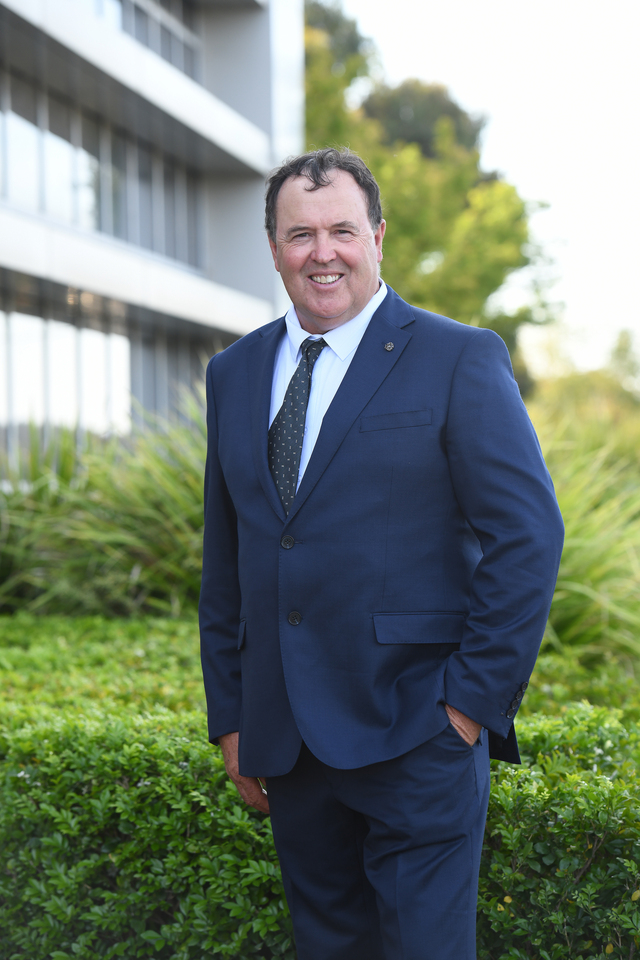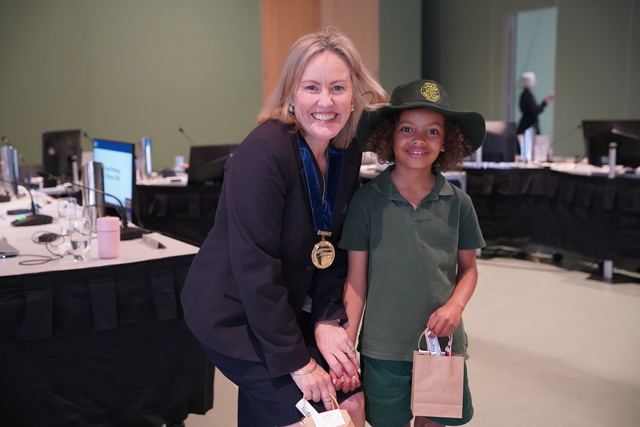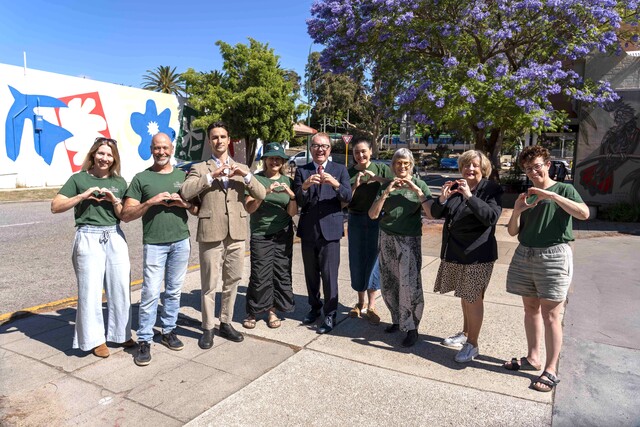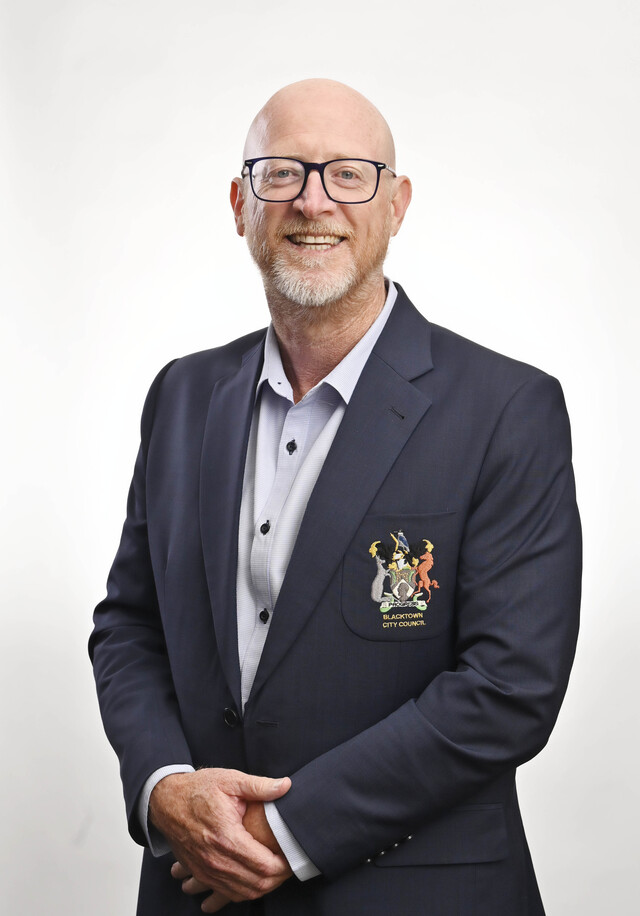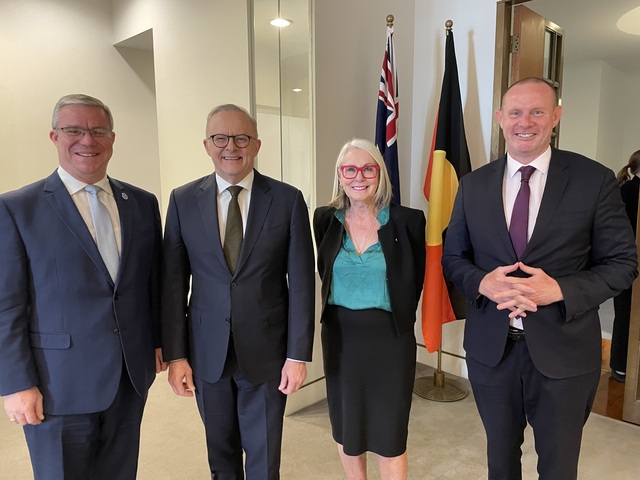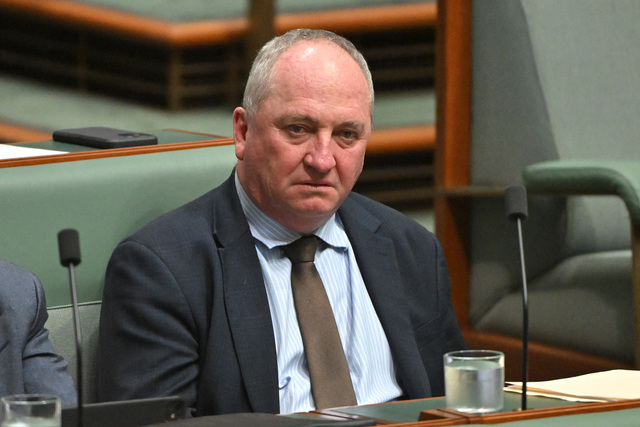Under the South Australian restructure process, the Cities of Munno Para and Elizabeth opted to merge in December 1996. However, they continued as separate entities until the amalgamation on 3 May last year.
“Once the decision to join was made, the Councils focused on the future,” said Ray Pincombe, General Manager Service Delivery. “They appointed a new CEO, who commenced in February, reporting to both Councils until the official merger in May.”
He said the transition from two organisations into one was not an easy process, with much to do in a short period of time. A new culture needed to be developed that looked to the future, yet built on the strong traditions of the former Councils.
Elizabeth had been a smaller area and a maintenance driven Council which gave a strong emphasis to economic development and being a ‘green’ City. Munno Para was much larger, with an urban area as well as large tracts of horticultural land and open space.
From the outset, the two Councils identified the need for careful planning. The Transition Plan 1997/98 was the first step in the process. The Plan not only assisted the Councils to amalgamate, but ensured the new City had a definite focus for its formative first 12 months.
“It is an internally based document specifying how the organisation would pull together under the broad areas of corporate, environment and economic activities,” Ray explained. “Key projects that Council aimed to complete in the first 12 months were also identified, along with an action plan and timeline.
“Setting down specific responsibilities of who would do what and when, this provided a guide and greater understanding for both staff and the newly elected Council.”
Once in place, the Plan has been monitored regularly to ensure that it is a living document and it is properly implemented. Where necessary, adjustments have been made but the focus has been to make it work and to be on time.
“There was a great rapport between the two Councils to get on and make it happen,” Ray Pincombe said. “Success can be traced back to the fact that, from the outset, it was an equal partnership.”




